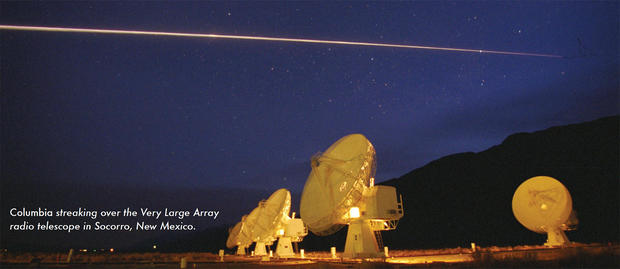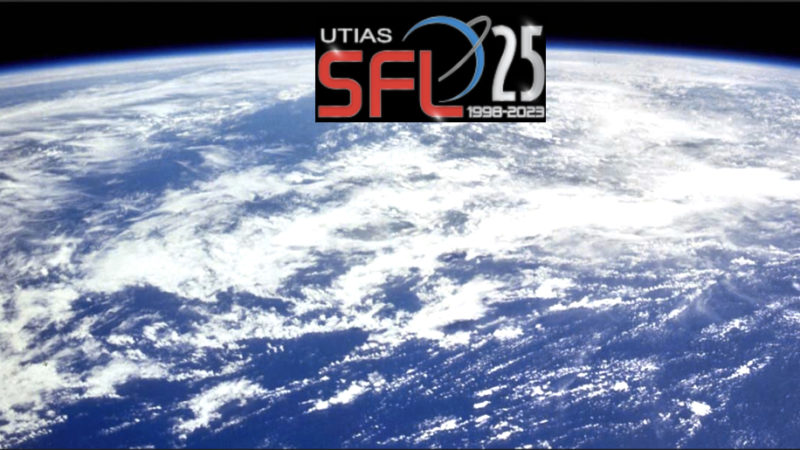Proposed House bill pushes NASA’s crewed moon landing back to 2028 – Space.com
NASA should aim to put boots on the moon in 2028, not 2024, and achieve this goal explicitly to aid human Mars exploration in the 2030s, according to an authorization bill that was introduced Friday (Jan. 24) by the leadership of the House Committee on Science, Space, & Technology.
Other major items on the bill’s wish list include extending International Space Station (ISS) operations beyond 2024 to 2028; allowing NASA’s proposed Gateway space station to be built in one of a variety of locations in Earth-moon space, not just lunar orbit; and launching the Artemis human moon lander in one piece instead of in multiple segments for assembly in space, as NASA proposes to do now.
The bill — designated HR 5666 and introduced by Rep. Kendra Horn, D-Okla., chair of the committee’s space subcommittee — stresses that a moon landing in 2028 should be put in the context of a larger moon-to-Mars program. This Red Planet program would put humans in Mars orbit by 2033, followed by surface missions. HR 5666 also calls for more flexibility in Gateway’s location, opening up such possibilities as Earth-moon Lagrangian points (gravitationally stable locations between the two worlds). The small space station should “serve as a testbed for the systems and operational techniques” for Mars missions, the proposed bill states.
Related: NASA’s Artemis crewed moon program
“The nation’s human space exploration goal should be to send humans to the surface of Mars,” reads a statement from the 102-page document.
“Reducing the risk and demonstrating the capabilities and operations needed to support a human mission to Mars may require human exploration of the cislunar vicinity and lunar surface,” the document adds.
HR 5666 further calls for a moon-to-Mars program office that would be established 60 days after the bill passes into law, with a program director who would report both to NASA’s associate administrator and the agency’s associate administrator of the Human Exploration and Operations mission directorate.
This program office would be tasked with figuring out the requirements for astronaut flights to Mars orbit and the Red Planet’s surface. An office-led Mars Enabling Technology Initiative would investigate matters such as radiation safety, the design of a spacecraft to bring humans safely to the Martian surface, a transport vehicle, propulsion technologies (such as nuclear thermal propulsion), habitats and Martian spacesuits.
The transport vehicle appears to be a high priority, because HR 5666 calls for the first “preformulation activities” on the vehicle to be finished 180 days from when the legislation is enacted. The “overall architecture and plan” on Mars missions would be finished in 120 days, and funding estimates for the moon-to-Mars program would be due in 270 days.
NASA Administrator Jim Bridenstine is also asked to, within 60 days, “develop a list of the remaining human health risk reduction research tasks” for Mars missions that would require testing during ISS missions. These tasks would be completed within five years.
In previous speeches, Bridenstine said that NASA is aiming to launch humans toward Mars in either 2033 or 2035, years when the orbits of Earth and Mars align properly for interplanetary missions. (Such alignments occur just once every 26 months.)
Some of the other notable requests of HR 5666 relating to NASA’s crewed exploration programs include proposals to:
- Call for NASA’s “full ownership” of the moon-landing system (the agency has been planning to buy rides on private landers).
- Land two human missions annually on the moon after the initial 2028 touchdown.
- Initiate a plan to deorbit the ISS after the station’s lifetime has expired.
- Consider “the potential viability of commercial space stations” to test technologies instead of the ISS.
- Furnish “upgraded and replacement” spacesuits for the ISS, including 12 spares, to “accommodate the diversity of the ISS crew.” This appears to be a nod to a delay in the first all-woman spacewalk due to a lack of spare spacesuit parts; the spacesuits were originally designed for men.
HR 5666 also appears to acknowledge a NASA Office of the Inspector General report in November expressing concerns about how much access American astronauts will have to the ISS in light of several commercial crew vehicle delays. (NASA is counting on these private vehicles, which are being developed by SpaceX and Boeing, to end U.S. dependence on Russian Soyuz vehicles to get astronauts to and from the ISS.)
The bill asks Bridenstine to “transmit to Congress a contingency plan, including an implementation timeline, for assured crew access to the International Space Station until certified commercial crew transportation services are taking place, in the event that the availability of those services is delayed or unavailable.”
Related: Putting Astronauts on the Moon in 2024 Is a Tall Order, NASA Says
The bill includes discussion of numerous NASA missions outside of human exploration, asking for diverse items ranging from planetary defense programs to commercialization of Earth science missions to searching for “technosignatures” from alien civilizations. HR 5666 includes directions to move forward on several ongoing NASA science initiatives, such as the Europa Clipper mission; a Mars sample-return mission; a mission to test in-orbit refueling of the Landsat 7 spacecraft; and the Commercial Lunar Payload Services Program.
Other notable items include calling for continued development of the Wide Field Infrared Survey Telescope (WFIRST), which was almost canceled in previous budget requests in 2018 and 2019, and asking for “a report on the scientific program and operations of the Stratospheric Observatory for Infrared Astronomy,” which has had budgetary challenges in the past as well.
Some space security matters are also addressed. HR 5666 requests a report from the National Space Council next year for “an interagency assessment of the space exploration capabilities of the People’s Republic of China, including any threats to United States assets in space, as well as the impact of cooperation and participation of the People’s Republic of China with other nations on space activities.”
NASA would receive $22.6 billion under HR 5666 for fiscal year 2020. This would be a 5% increase over the Congress-approved allocation of $21.5 billion for NASA in fiscal year 2019. This bill, however, is by no means the final word on NASA’s plans. The House space subcommittee is scheduled to mark up HR 5666 on Wednesday (Jan. 29) at 2:00 p.m. EST (1900 GMT).
HR 5666 must also be reconciled with a separate bill going through the Senate. The version approved by the Senate Committee on Commerce, Science and Transportation in November has fewer changes to NASA’s current human spaceflight plans than the House science committee’s version to date, but the Senate committee does suggest a few modifications. Some of the major alterations include an ISS extension to 2030, and putting the moon landing in the context of a wider goal to land on Mars.
Sen. Roger Wicker, R-Miss., chair of the full Senate committee and a co-sponsor of the authorization act, has said the changes he oversaw are meant to support a moon landing in 2024. This is despite the fact that the 2024 moon-landing goal was not explicitly outlined in the Senate version of the bill, according to SpaceNews.
The 2024 deadline, which was announced by U.S. Vice President Mike Pence in March 2019, would put the moon landing within the second term of President Donald Trump (if he is reelected this November).
Related: In Photos: President Trump Aims for the Moon with Space Policy Directive 1
The House subcommittee bill acknowledged that a 2028 deadline would push the moon landing into a new administration, but said that should not matter. “It is the further sense of Congress that constancy of purpose and the sustainability of the nation’s human exploration goals and objectives should be an inherent principle of a long-term, deep-space human exploration program that spans several congresses and administrations,” the bill states.
Space policy experts have long stressed that it’s tough for NASA to stay on target toward long-term exploration goals, given how often presidents and Congress change the agency’s direction. For example, just in the last decade or so, the Trump administration canceled President Barack Obama’s plans for a crewed mission to a captured asteroid, and the Obama administration nullified a previous moon-to-Mars program drawn up under President George W. Bush.
The Trump administration’s 2024 moon-landing goal was a significant acceleration of NASA’s previous plan to put humans on the lunar surface in 2028. The 2024 goal also impelled the agency to rocket through several significant milestones rapidly and safely. These include (but are not limited to) matters such as getting the huge Space Launch System rocket ready for its first flight to certify it to carry astronauts, making new spacesuits for the lunar surface, and building and launching Gateway (which, for now, is supposed to support a crewed lunar landing at the south pole).
Bridenstine has stressed that the agency is taking safety into account while tackling these large projects. But the accelerated pace is a challenge, some officials have said.
“We’re running really fast,” Greg Chavers, acting deputy program manager, human landing system, at NASA’s Marshall Space Flight Center in Alabama, said during a panel discussion in September. “It’s uncomfortable for many of us, but we’re excited about it.”
Follow Elizabeth Howell on Twitter @howellspace. Follow us on Twitter @Spacedotcom and on Facebook.







